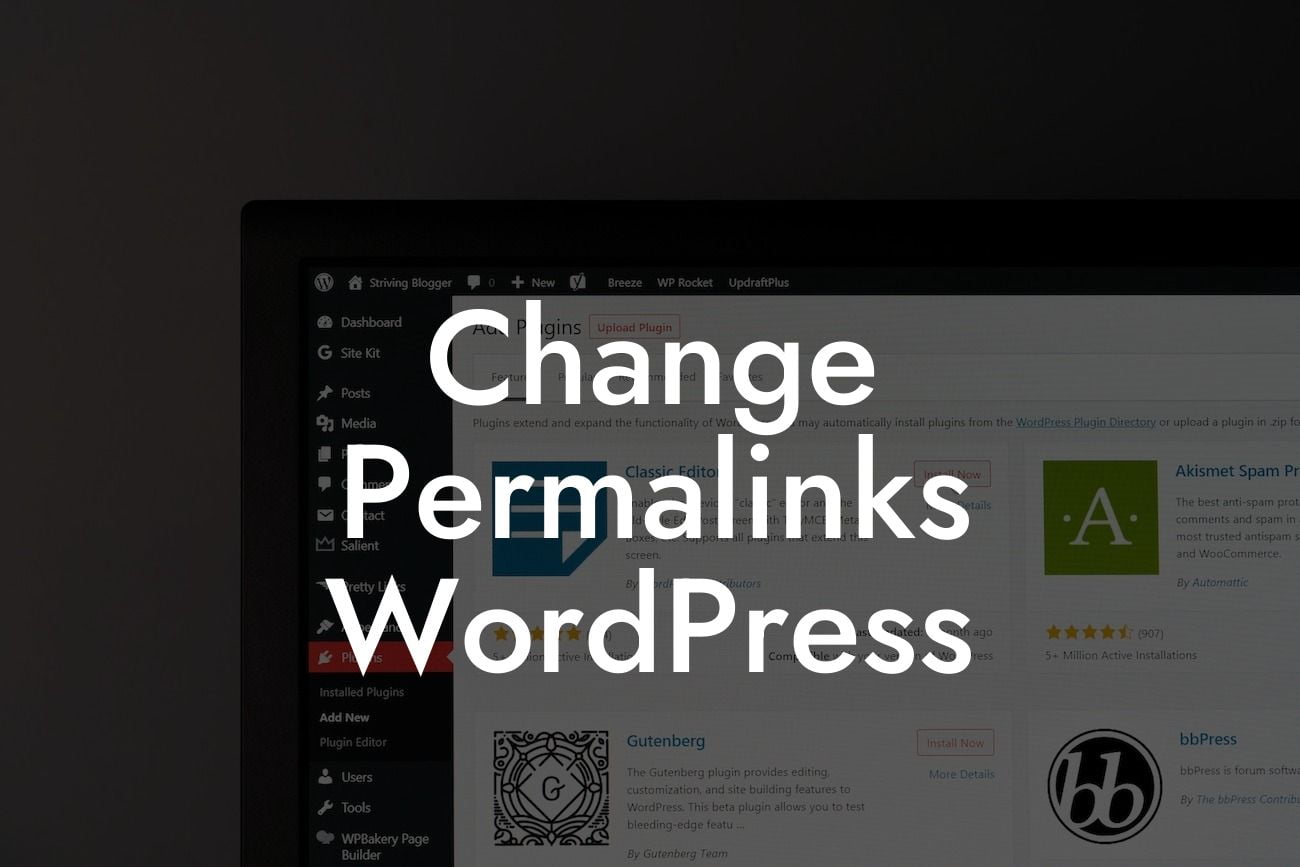WordPress is an essential tool for small businesses and entrepreneurs looking to establish a strong online presence. However, achieving visibility in today's competitive digital landscape goes beyond just creating great content. The structure of your website, including its permalinks, plays a crucial role in enhancing search engine rankings and ensuring an engaging user experience. In this guide, we'll explore the importance of changing permalinks in WordPress and provide you with step-by-step instructions on how to optimize them for maximum impact. Get ready to unlock your website's true potential with DamnWoo!
Changing permalinks in WordPress is a simple yet impactful way to improve your website's search engine optimization (SEO) and make it more user-friendly. Permalinks refer to the URL structure of your website's individual pages and posts, and they have a significant impact on how search engines and visitors perceive and navigate your site. By customizing and optimizing your permalinks, you'll be able to create descriptive, user-friendly URLs that improve both search engine rankings and user experience.
1. Why Changing Permalinks is Important:
- Improved SEO: Search engines rely on the URL structure to understand the content of your page and its relevance to specific search queries. By including relevant keywords in your permalinks, you can boost your website's chances of ranking higher in search engine results.
- User-Friendly URLs: Short, descriptive URLs are not only easier for visitors to remember but also create a sense of trust and professionalism. They make it easier for users to understand what each page is about, encouraging them to click and explore further.
Looking For a Custom QuickBook Integration?
2. How to Change Permalinks in WordPress:
a. Log in to your WordPress dashboard.
b. Navigate to "Settings" and click on "Permalinks."
c. Choose a permalink structure that best suits your website's goals. Popular options include "Post name" for SEO-friendly URLs and "Month and name" for blogs focusing on timely content.
d. Save your changes by clicking the "Save Changes" button.
3. Optimizing Permalinks for SEO:
a. Include Relevant Keywords: Integrate relevant keywords into your permalinks to increase their visibility to search engines. However, avoid keyword stuffing, as search engines may penalize your website.
b. Keep it Short and Simple: Short URLs are easier to read, understand, and share. Aim for concise and descriptive permalinks that accurately represent the content of the page.
c. Use Hyphens to Separate Words: To enhance readability, use hyphens (-) or dashes (_) to separate words within your permalinks. Avoid using spaces or underscores, as they can create confusion for search engines and users alike.
Change Permalinks Wordpress Example:
Let's say you run a small business selling handmade jewelry. Instead of using the default permalink structure that includes numbers and random characters, you could change it to something like "yourwebsite.com/handmade-jewelry." This updated permalink instantly communicates the content of the page to both visitors and search engines, increasing its chances of ranking higher for relevant search queries.
Congratulations! You now have the knowledge and tools to change permalinks in WordPress and optimize your website's URL structure for better search engine visibility and user experience. Embrace the extraordinary with DamnWoo's powerful plugins designed exclusively for small businesses and entrepreneurs. Don't forget to share this article with others and explore our other insightful guides to unlock your website's full potential. Try our awesome plugins today and elevate your online presence like never before!













